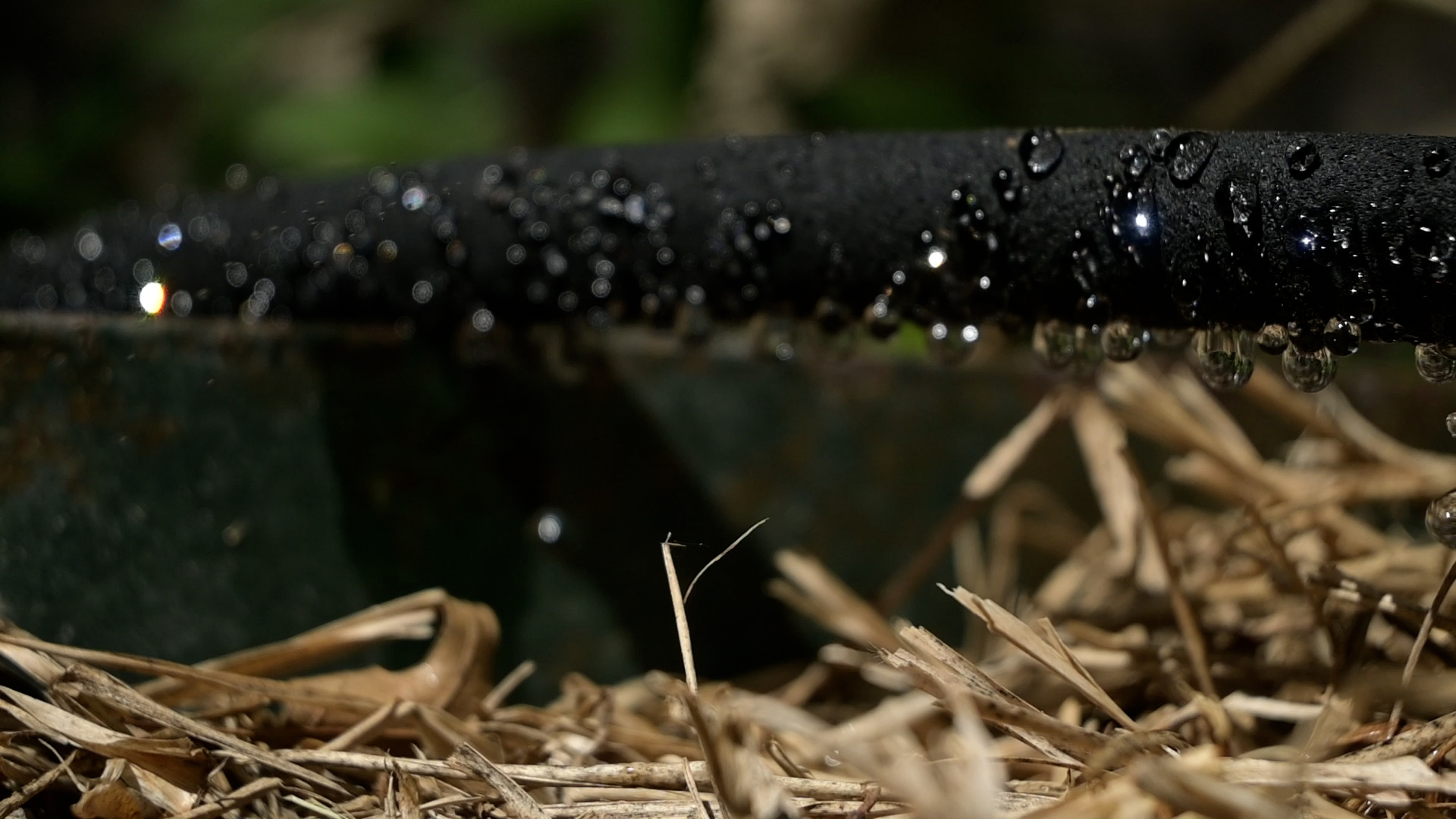DALLAS — In North Texas, the fluctuating weather can make a big impact on the foundation of a home.
After weeks of rain, the DFW area is now seeing extreme heat.
"This is the fifth day in a row that we're at 100-degree temperatures," said Tony Stokley.
Stokley is a Certified Structural Technician with Brown Foundation Repair. Stokley said as temperatures rise, his company gets busier with homeowner concerns about their foundations.
Most houses in North Texas are built on clay soil that moves. During hot, dry months, the clay loses moisture and oxygen. It will shrink. During heavy rain seasons, the clay soil absorbs water and expands quickly.
"Over seasons and seasons of doing this, the clay will, for lack of a better word, lose its elasticity. And then the house drops, but doesn't come back," said Stokley. Homeowners may start to notice cracks in the walls, doors jammed, or bricks and windows pulled apart. Sometimes things will shift back when the temperatures get lower, but other times, there is foundation failure.
Stokley said homeowners can take simple steps to help their foundation during the heat by preventing violent swings of movement.
"One of the most cost-effective do-it-yourself ways is to install a soaker hose," he said.
Stokley's DIY Soaker Hose Installation Instructions:
1. Buy a soaker hose at a hardware store. It can cost around $20 to $50 depending on the length and attachments that come with the hose.
2. Hook it up to the outdoor faucet.
3. Line the soaker hose around the perimeter of the foundation 12 to 18 inches away from the foundation.
4. For driveways or cement, Stokley suggests cutting the soaker hose and plugging it to prevent water waste.
5. A hose splitter can be used on the faucet to attach another soaker hose around the other side of the house to reach the whole perimeter of the foundation.
6. Turn the hose on. Stokley suggests watering the foundation daily during these extremely hot days with no rain. He said late at night into the early morning hours are best for approximately 30 minutes at a time.
Homeowners can also choose to have sprinkler systems installed with misters, or even pipes buried underground. Stokley suggests contacting a sprinkler company if the homeowner isn't sure if they are set up with this or not.
Even with watering the home foundation, he said it is important for people to get their foundation measured by experts every year. The consistent records will show how much the home is shifting over time. All houses move. It's a natural part of the clay soil and fluctuating weather in North Texas.

